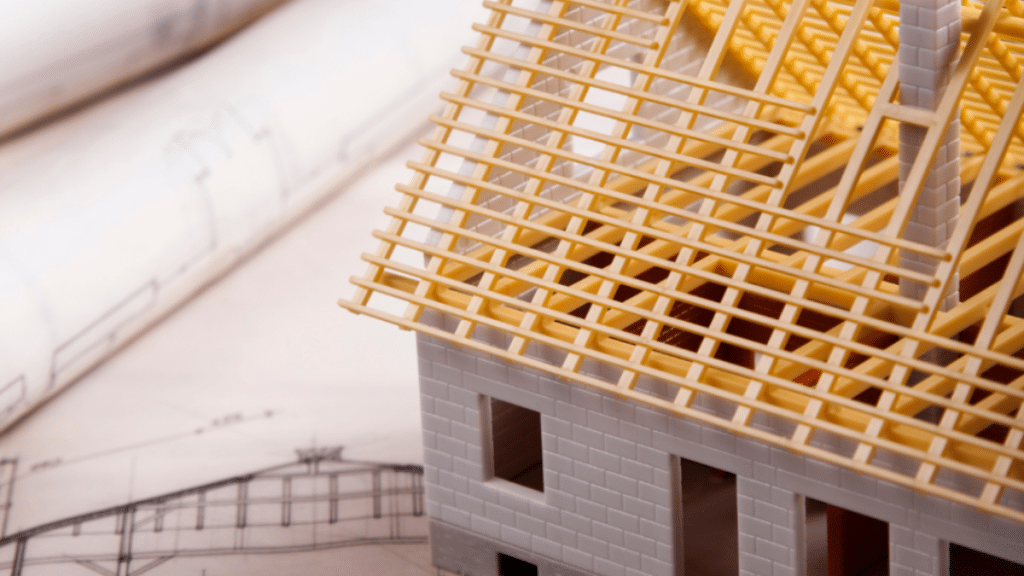As environmental policies tighten and the demand for sustainable housing grows, homeowners across Canada are increasingly seeking ways to improve energy efficiency in their homes. One of the most effective strategies involves retrofitting older properties to meet net-zero standards—achieving a balance between the energy consumed and the renewable energy produced. However, retrofitting can be costly. To ease this burden, a range of rebate programs and government incentives have emerged to support homeowners through the transition.
Navigating the rebate landscape requires a solid understanding of what’s available, how to qualify, and how to apply effectively. Homeowners considering upgrades in high-demand markets particularly those evaluating property options listed under houses for sale pickering should take note of these opportunities. Proper use of rebates can significantly lower costs while increasing long-term property value and energy efficiency.
Understanding Net-Zero Retrofit Goals
Net-zero homes are designed to produce as much energy as they consume annually. Achieving this involves a combination of high-performance building envelopes (walls, insulation, windows, etc.), energy-efficient HVAC systems, and renewable energy technologies like solar panels. Retrofitting an existing home to net-zero standards often means enhancing thermal performance, replacing mechanical systems, and integrating advanced energy-monitoring tools.
Government rebate programs typically focus on promoting these upgrades by offsetting the upfront costs. Each program may differ slightly, but most target key retrofitting elements including insulation, air sealing, window replacements, heat pumps, water heaters, and solar photovoltaic (PV) installations.
Available Rebate Programs Globally
Many national and regional governments around the world offer financial support for home energy upgrades. These rebates may come in the form of grants, tax credits, low-interest loans, or utility-based incentives. While the structure and value vary by country, the overarching goal remains the same: to improve building performance and reduce greenhouse gas emissions.
Some energy providers and local municipalities also offer their own programs, enabling homeowners to stack benefits for greater cost savings. Before committing to retrofits, it’s a good idea to research local or national energy agencies, sustainability departments, or government portals that outline available retrofit incentives in your region.
General Eligibility and Application Requirements
Though specific criteria vary across jurisdictions, most retrofit rebate programs include the following common requirements:
- The property must be a primary residence.
- An energy audit or evaluation may be mandatory before and after retrofits.
- Upgrades must be completed by certified or approved professionals.
- All receipts and documentation should be retained and submitted as proof of compliance.
Homeowners should read the eligibility terms carefully. In many cases, beginning a retrofit project before receiving official approval or skipping the required audit stages can disqualify the application. Timelines and maximum rebate values also differ, so it’s essential to plan accordingly.
Steps for a Successful Retrofit Rebate Application
- Book a Pre-Retrofit Energy Audit: Start by scheduling an energy audit with a certified energy advisor if required in your area.
- Review Audit Recommendations: Use the audit report to identify the most impactful energy efficiency upgrades.
- Apply for the Rebate Program: Register online or through your local program portal. Ensure all forms are filled out accurately.
- Hire Qualified Contractors: Use service providers who meet the standards set by your rebate authority.
- Book the Post-Retrofit Audit: After work is complete, schedule a follow-up evaluation to confirm improvements.
- Submit Documentation: Upload or send invoices, audit reports, and any other required proof.
- Receive Rebate Payment: Payments are typically processed within a few weeks of final approval.
Long-Term Benefits of Retrofitting
Besides the environmental benefits, retrofitting adds real value to residential properties. Improved energy efficiency leads to lower utility bills and better indoor air quality. For sellers, a home with modernized systems and lower operational costs can be a major differentiator in a competitive real estate market.
In high-growth communities like Pickering, the long-term impact of retrofitting is compounded. As the area attracts more interest from environmentally conscious buyers, retrofitted homes stand out for their resilience and reduced operating costs.
Final Thoughts
Net-zero retrofits are a strategic investment in both sustainability and home equity. By leveraging the available rebate programs, homeowners can make these upgrades more affordable and impactful. With careful planning, proper documentation, and professional execution, even older homes can meet the highest energy performance standards, benefiting both the owner and the environment.
